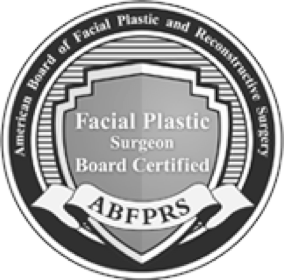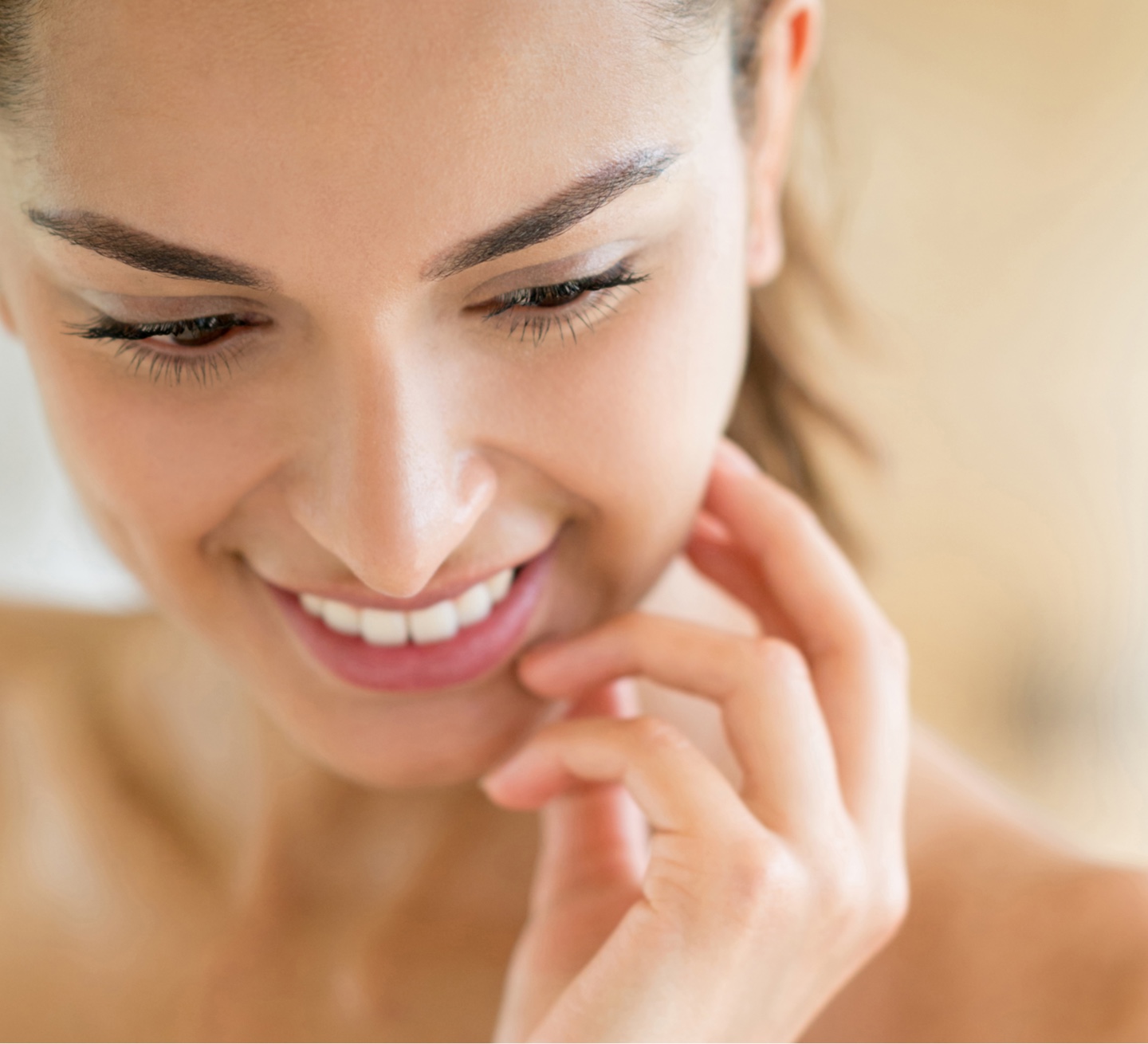Does Insurance Cover Rhinoplasty?
Insurance coverage varies depending on whether the procedure is considered cosmetic or functional. Purely cosmetic rhinoplasty typically isn’t covered, while procedures addressing breathing difficulties or other medical issues may qualify for partial or full coverage. Check with your insurance provider for specific details about your plan.
Is There A Recommended Age Or Timing For Rhinoplasty?
Rhinoplasty can be performed once nasal growth is complete—usually in the mid-to-late teens. Beyond that, there isn’t a strict upper age limit as long as you are in good overall health. It’s important to discuss your goals and medical history with your surgeon to determine the best timing for surgery.
Are There Non-Surgical Options To Improve The Appearance Of My Nose?
Yes. Non-surgical rhinoplasty (often known as a 'liquid rhinoplasty') can provide subtle cosmetic enhancements through injectable treatments. Common options include:
- Hyaluronic Acid Fillers such as Restylane can be used to smooth out minor bumps or irregularities, refine the nasal tip, or correct slight asymmetry. Results typically last 6–12 months.
- Neuromodulators such as BOTOX can be used to address certain muscular issues around the nose, though this is less common than filler-based treatments.
These options cannot reduce the overall size of the nose, correct significant structural problems, or address breathing issues. For extensive reshaping or functional improvements, surgical rhinoplasty remains the optimal choice.
Are Rhinoplasty Results Permanent?
Once the nose fully heals, the structural changes made during surgery are generally permanent. However, natural aging processes will continue to affect your facial tissues, so minor shifts in shape over time are normal. Most patients enjoy the primary benefits of their rhinoplasty for many years after surgery.








